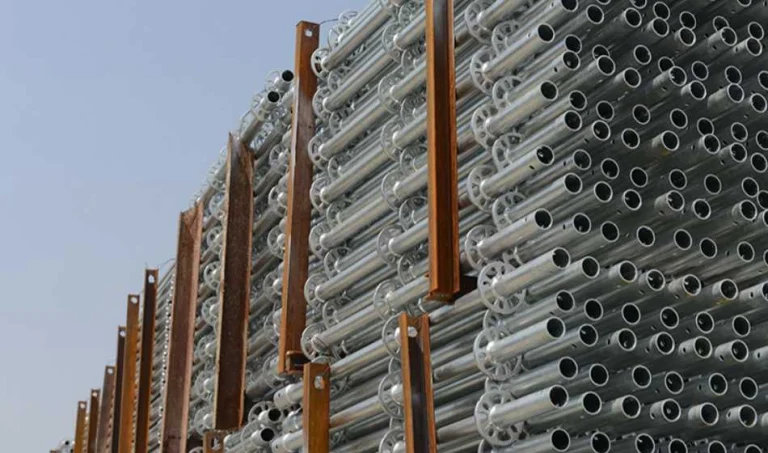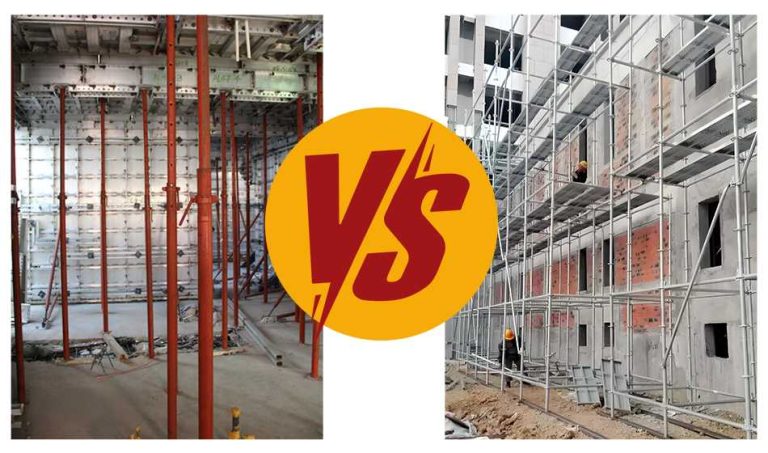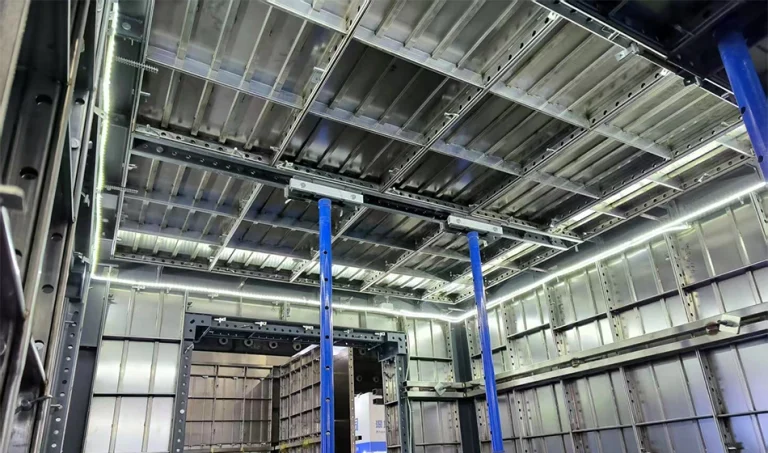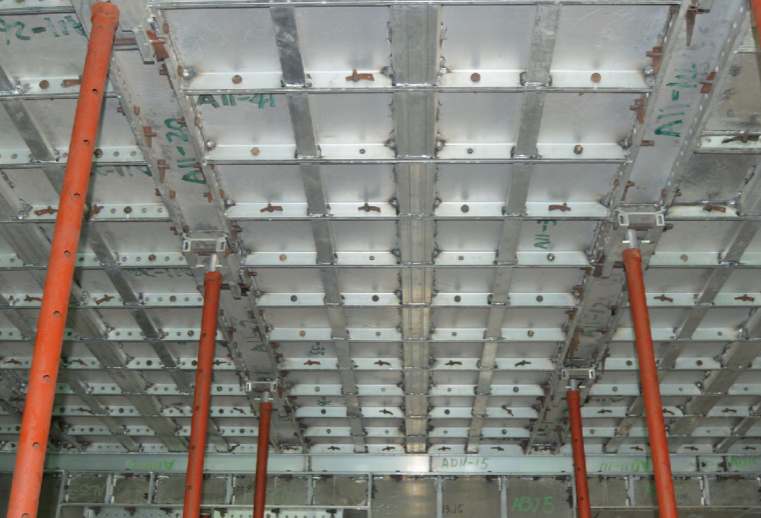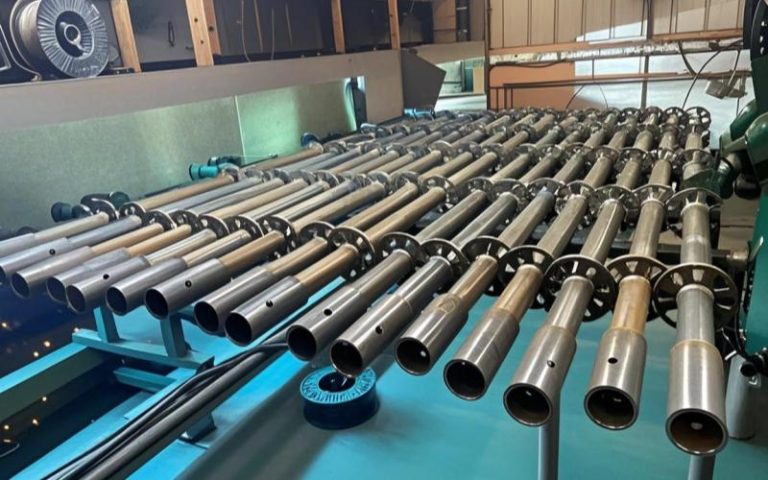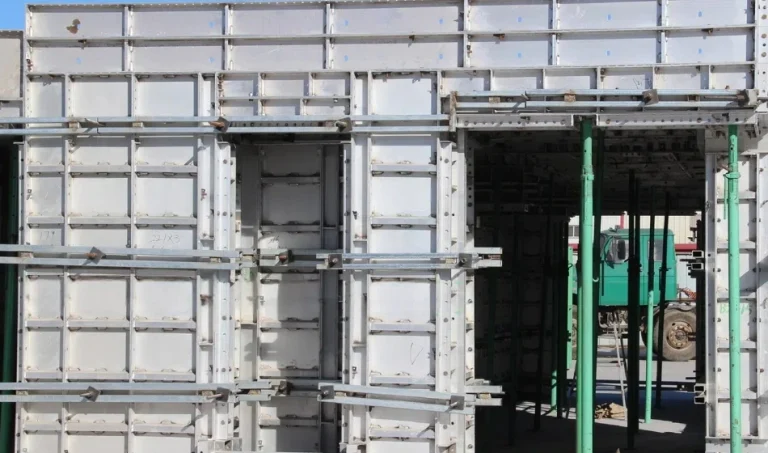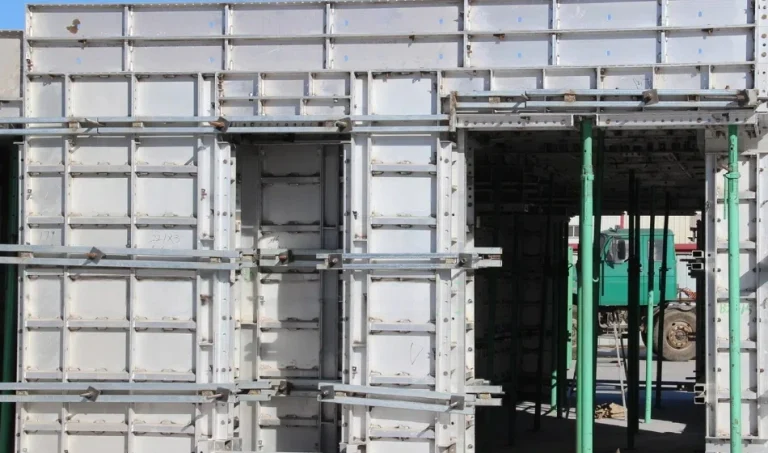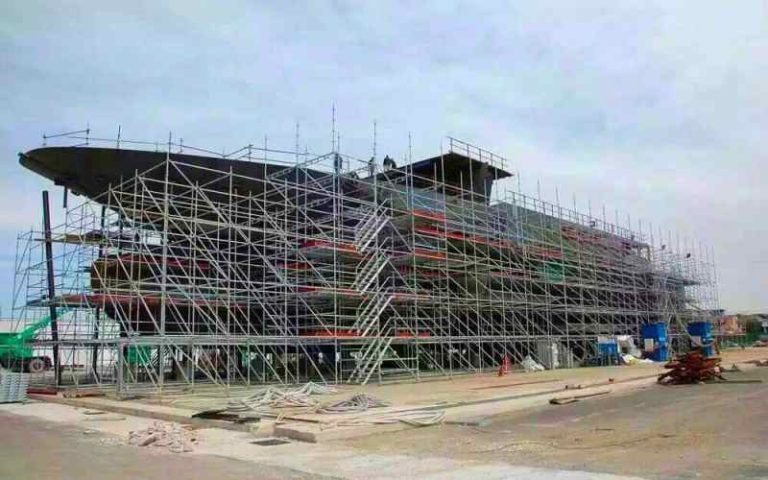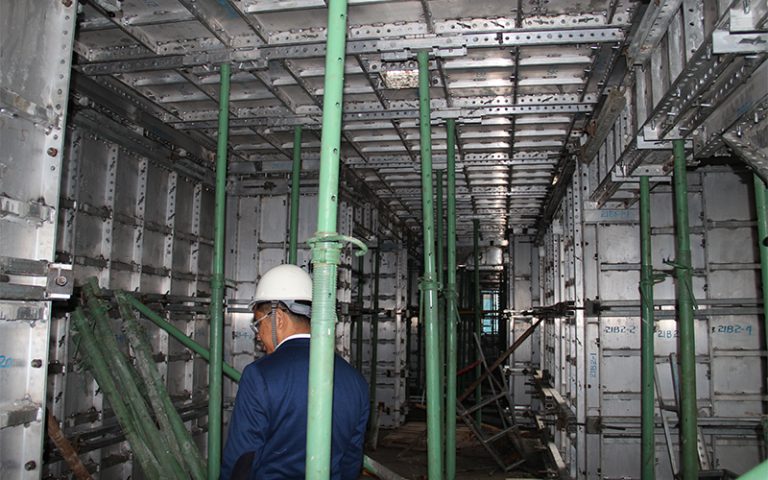Introduction to Formwork Inspection
Formwork is the unsung hero of any concrete structure. It is a temporary mold supporting fresh concrete until it strengthens enough to stand independently. But here’s the catch—any formwork installation or inspection error can lead to structural defects, project delays, or even dangerous site accidents.
That’s why site engineers must treat formwork inspection as a non-negotiable step. It’s not just about compliance—it’s about ensuring safety, precision, and longevity. This guide will review the essential formwork inspection tips every site engineer should know to execute flawless concrete pours and avoid costly setbacks.
Understanding Formwork Components
To inspect formwork effectively, engineers must understand its basic elements:
- Shuttering ( Formwork material): These are the actual surfaces in contact with concrete. Typically made of plywood, steel, or plastic.
- Centering: Supports horizontal structures like beams and slabs.
- Scaffolding and Props: Provide vertical and lateral support to hold the shuttering in place.
- Form Ties and Bracing: Keep forms from bulging or shifting under pressure.
Knowing each component’s role helps you inspect with purpose, not just protocol.
Pre-Inspection Preparations
Before setting foot on-site with your checklist, do the groundwork:
- Review Drawings and Specs: Understand design dimensions, slab thickness, beam depths, and column sizes.
- Create a Checklist: Customize it based on project scope and local construction codes.
- Ensure Worker Safety: Confirm all workers are in proper PPE and that the area is barricaded before starting.
Preparation not only speeds up inspection—it makes it meaningful.
Visual Inspection Guidelines
Don’t underestimate what your eyes can tell you:
- Check Dimensions: Use measuring tapes and laser levels to verify formwork alignment with plans.
- Inspect Cleanliness: Remove debris, rust, or oil stains that can affect concrete bonding.
- Look for Damage: Splintered plywood or bent metal panels should be replaced.
A thorough visual inspection helps you catch minor issues before they snowball into structural failures.
Structural Stability Checks
Ini is the heart of the inspection process:
- Bracing Systems: Must be secure and continuous, especially at corners and joints.
- Load-Bearing Props: Should be plumb, of correct height, and resting on stable ground.
- Tie Rods and Connectors: These should be tightened and evenly spaced to distribute pressure.
Instability isn’t always visible, so test the rigidity of the setup with slight pushes or dynamic loads.
Material Quality Verification
Not all materials are created equal:
- Timber: Should be straight, dry, and free of knots or warping.
- Steel/Aluminum: Must be rust-free and coated if necessary.
- Reusability: Ensure formwork hasn’t exceeded its usage cycle or shows signs of structural fatigue.
Quality checks prevent failures during concrete placement.
Safety Compliance Monitoring
Safe formwork equals a safe site:
- Guardrails & Toe Boards: Must be in place for formwork above 1.2m height.
- Access Paths: Keep them clear and slip-resistant.
- Emergency Planning: Fire extinguishers, first aid kits, and clear evacuation paths should be accessible.
Remember, a safe site is a productive site.
Inspection of Embedded Items and Openings
Embedded items like sleeves and conduits must be:
- Accurately Placed: According to shop drawings.
- Securely Fixed: To avoid displacement during the pour.
- Correct in Diameter: To allow post-concrete installation of services.
Double-checking this ensures structural and utility alignment.
Formwork Alignment and Leveling
Misaligned formwork leads to slanted beams and walls. Use:
- Laser Levels: For floor slab uniformity.
- Plumb Bobs: For vertical alignment of columns and walls.
- Measuring Tape: To check clearances, widths, and offsets.
The time you spend here saves time when finishing work.
Inspection During Concreting Process
Even after the green light, stay alert during concrete pouring:
- Form Pressure: Monitor formwork for bulging.
- Leakages: Seal joints to avoid laitance loss.
- Concrete Vibrations: Overuse of vibrators can disturb the form alignment.
You’re not just a supervisor—you’re a quality guardian.
Post-Pour Inspection Essentials
After pouring, don’t walk away just yet:
- Check for Movement: Even minor shifts can affect curing.
- Bulging and Gaps: Indicate excess pressure or poor tying.
- Concrete Setting: Ensure it sets properly without honeycombs or cracks.
Early detection prevents demolition and rework.
Documentation and Reporting
Sound engineers document everything:
- Daily Logs: Note findings, approvals, and rejections.
- NCRs: Record any non-compliance and corrective action taken.
- Photos: Help during audits and future training sessions.
Thorough documentation builds professional credibility.
Common Formwork Defects to Watch For
Spot these red flags early:
- Honeycombing: Often due to poor compaction or leaky forms.
- Blowouts: Caused by inadequate bracing or overloading.
- Tie Rod Failures: Due to poor spacing or damaged hardware.
Knowing these helps prevent repeats in future jobs.
Maintenance and Formwork Care Tips
Extend formwork life with these tips:
- Cleaning: Use wire brushes or water jets post-use.
- Repairing: Patch cracks with sealants or replace broken parts.
- Storage: Keep dry and appropriately stacked to avoid warping or rust.
A cared-for formwork system saves money in the long run.
Advanced Tools for Inspection Efficiency
Use tech to inspect faster and better:
| Tool | Benefit |
| Laser Scanners | Accurate level and dimension checks |
| Drones | Hard-to-reach areas like high scaffolding |
| Mobile Apps | Digital checklists, instant reports, and cloud storage |
Innovative tools = smart inspections.
Training and Continuous Learning
Stay sharp:
- Attend Workshops: Regular training keeps skills fresh.
- Read Updated Codes: Construction codes change—stay compliant.
- Certifications: These include OSHA, IOSH, and site-specific safety programs.
Learning never stops in engineering.
FAQs about Formwork Inspection
Q1: What are the most critical areas in formwork to inspect?
A: Connections, support systems, and joint alignments are critical for stability and safety.
Q2: How often should formwork be inspected?
A: Daily, before, during, and after every concrete pour.
Q3: Who is responsible for formwork inspection?
A: The site engineer, quality inspectors, and supervisors also play key roles.
Q4: Can formwork be reused safely?
A: Yes, if it shows no signs of wear, damage, or distortion.
Q5: What standards apply to formwork inspection?
A: Refer to IS 14687, ACI 347, or BS EN 12812, depending on your country.
Q6: What’s the penalty for poor formwork inspection?
A: Structural failures, rework costs, or worse—on-site accidents.
Kesimpulan
Formwork inspection is more than a checklist—a mindset of responsibility, vigilance, and commitment to quality. With these formwork inspection tips, every site engineer should know you’re not just preventing problems but building trust, ensuring safety, and contributing to durable structures.

